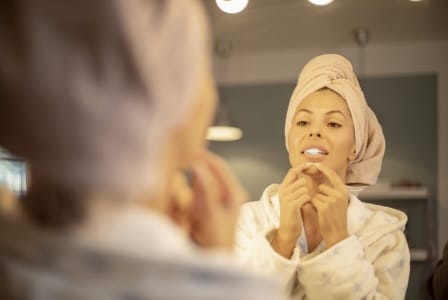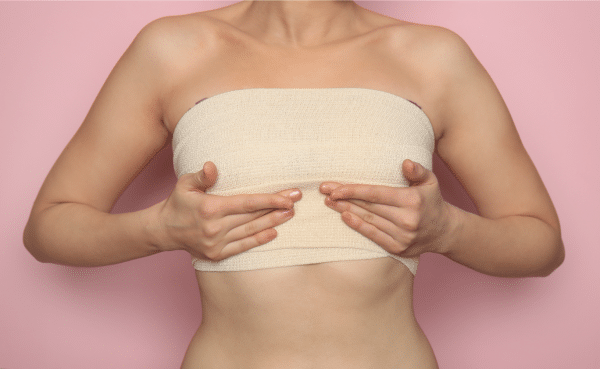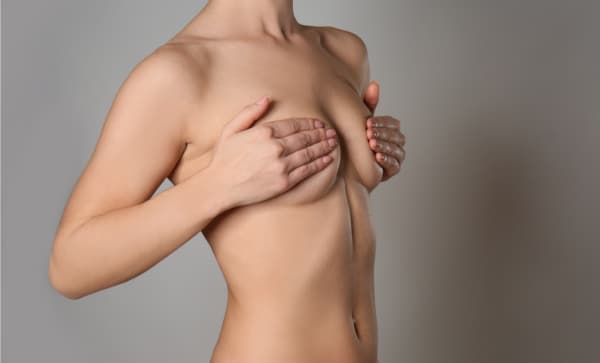The Reality of Plastic Surgery Recovery
Plastic surgery is a surgical procedure where a plastic surgeon repairs or reconstructs parts of your face or body. Various types of plastic surgery in San Francisco involve the plastic surgeon transferring tissue from one area of your body to the next.
Cosmetic surgery is meant to improve your appearance. On the other hand, reconstructive plastic surgery involves surgical restoration or repair of a lost, injured or defective body part.
Regardless of the type of reconstructive and plastic surgery you have done, you could be facing an extensive plastic surgery recovery process. It’s important you have a good support system and plan in place, and remember this is a healing process, so it will take some time and patience.
To help provide you with a better understanding of the post-surgery recovery process, below are 10 tips for a healthy recovery.
Tips for Post-Surgery Recovery
If you follow these tips and rely on a friend or loved one for your post op surgery care, you could lighten your recover period and resume your regular activities faster. There are a wide variety of plastic surgery procedures that could be performed by board certified plastic surgeons including breast surgery, facelift surgery, eyelid surgery, or even a nose job. All of these will obviously have slightly different processes and a different recovery time.
1. Have a Support System in Place
You’ll not only require help after your plastic surgery procedures, but you’ll also require someone to bring you to and from your cosmetic surgery since you won’t be able to drive. Plus, depending on your plastic surgery procedure, you’ll likely be out of commission post op for days or weeks following your procedure.
Let a family member and your friends know about your upcoming plastic surgery procedure and ensure you have a support system ready with people around you to help the first week with the:
- Cleaning around the house
- Cooking
- Performing day-to-day tasks
You might be limited in the types of tasks and activities you can perform during your period of recovery. The first few days after your procedure will be the hardest since you’ll no doubt be experiencing some uncomfortable soreness. So, you’ll want someone around to help take care of you.
2. Learn What to Expect For Your Recovery Period
Some minor surgeries only take a few days to recover from, while other (more intense) can take about two weeks or even months. It’s essential you talk with your plastic surgeon before your surgery to learn what to expect during your recovery. It will probably affect many other areas of your life like your social life or work. Always be sure to follow your doctor’s instructions following any reconstructive and cosmetic surgery.
3. Follow Your Surgeon’s Post-Operative Instructions
It’s essential you follow the exact recovery instructions your doctor provides you depending on the procedure performed , which could include:
- Putting ice on the affected area
- Pain medications used for controlling swelling and pain
- Avoiding direct sunlight exposure during your recovery period
- Elevating the affected area to reduce swelling
- Using tubes or drains effectively, which the surgeon may insert to help drain excess fluid in your initial healing phase
- Keeping all follow-up appointments with your doctor
- Wearing compression garments
4. Avoid Sun Exposure
For the first several days of your recovery period, you should avoid direct sunlight. Use sunscreen if you go out, that blocks alpha and beta rays. Try sunscreen with a 30 or 40 SPF; anything higher could block your pores.
5. Hydrate
Whether you just had a minor or more intense surgery, you will still want to stay hydrated. Drink plenty of water, at least six to eight glasses of water each day to flush toxins out of your body and rejuvenate your skin.
6. Schedule Some Time Off of Work
It’s likely you’ll require at least a week off from work following your surgery. So, you should plan your surgery around your paid vacation days.
7. Eat a Healthy Diet
Consume a high-calorie, nutritious diet that will help nourish your body back to health quicker. Ask family or friends to help prepare your meals in advance so you’ll have them ready post-surgery and can simply warm them up without extensive cooking.
8. Talk With Your Doctor About Medicine Use
It’s important you let the doctor know if you’re taking any medications or supplements on a regular basis. Some medicines, such as aspirin or blood thinners, can be detrimental to your healing process and could increase swelling and bleeding. You should also beware of some natural supplements and remedies that could be of concern.
- Disclose all medications to your doctor so they can evaluate the safety of them and ensure nothing will worsen bleeding or conflict with wound healing.
- Your doctor will inform you of which medicines you need to stop before your procedure, when you should stop them and when you can restart them. There may also be medicines you can continue taking throughout your surgery process.
9. Stay Occupied and Relax
When recovering from surgery, it’s essential you relax and limit activity. Avoid strenuous exercise and allow yourself to heal properly. Recovery times could take longer if you try and rush the process. Keep yourself occupied. Download some books on your Kindle or go to the library and check some out. Watch movies on Hulu or Netflix. Taking it easy will help you recover better and maybe even quicker.
10. Be Patient
It takes time to heal. Minimal discomfort is normal. Swelling won’t go away right away. Scarring will be pink for a while as they heal, and it may take weeks or months for you to see your final results. Patience is key here.
Set Up an Appointment for a Consultation Today
Contact our San Francisco Plastic Surgery office at 415-915-9000 today to set up your consultation with Dr. David Sieber San Francisco Plastic Surgeon and/or to learn about the top cosmetic procedures he performs. Alternatively, you can go online here to set up your appointment.
References
https://www.webmd.com/beauty/features/after-cosmetic-surgery-taking-care-of-your-skin_#1




 How well your surgeon closes your incisions
How well your surgeon closes your incisions

 Body contouring procedures require longer, more extensive surgery. Therefore, discomfort and pain may be more acute and longer-lasting when compared with simpler, one-surgery procedures. Still, all patients will be under general anesthesia during surgery and will receive the proper pain medications and other pain-reducing guidance as they recover.
Body contouring procedures require longer, more extensive surgery. Therefore, discomfort and pain may be more acute and longer-lasting when compared with simpler, one-surgery procedures. Still, all patients will be under general anesthesia during surgery and will receive the proper pain medications and other pain-reducing guidance as they recover. Breast implant illness (BII) is not an easily diagnosable illness with specific symptoms. Rather, it is an assortment of possible symptoms that are associated with having breast implants. These symptoms include chronic fatigue, anxiety, dry eyes and mouth, trouble sleeping, and muscle and joint pain, among others.
Breast implant illness (BII) is not an easily diagnosable illness with specific symptoms. Rather, it is an assortment of possible symptoms that are associated with having breast implants. These symptoms include chronic fatigue, anxiety, dry eyes and mouth, trouble sleeping, and muscle and joint pain, among others. As a breast augmentation patient, it is critical to prioritize safety and make informed decisions about your breast augmentation surgery. For this reason, always make sure to choose a board certified plastic surgeon who has unique experience with breast augmentation and breast implant safety.
As a breast augmentation patient, it is critical to prioritize safety and make informed decisions about your breast augmentation surgery. For this reason, always make sure to choose a board certified plastic surgeon who has unique experience with breast augmentation and breast implant safety.